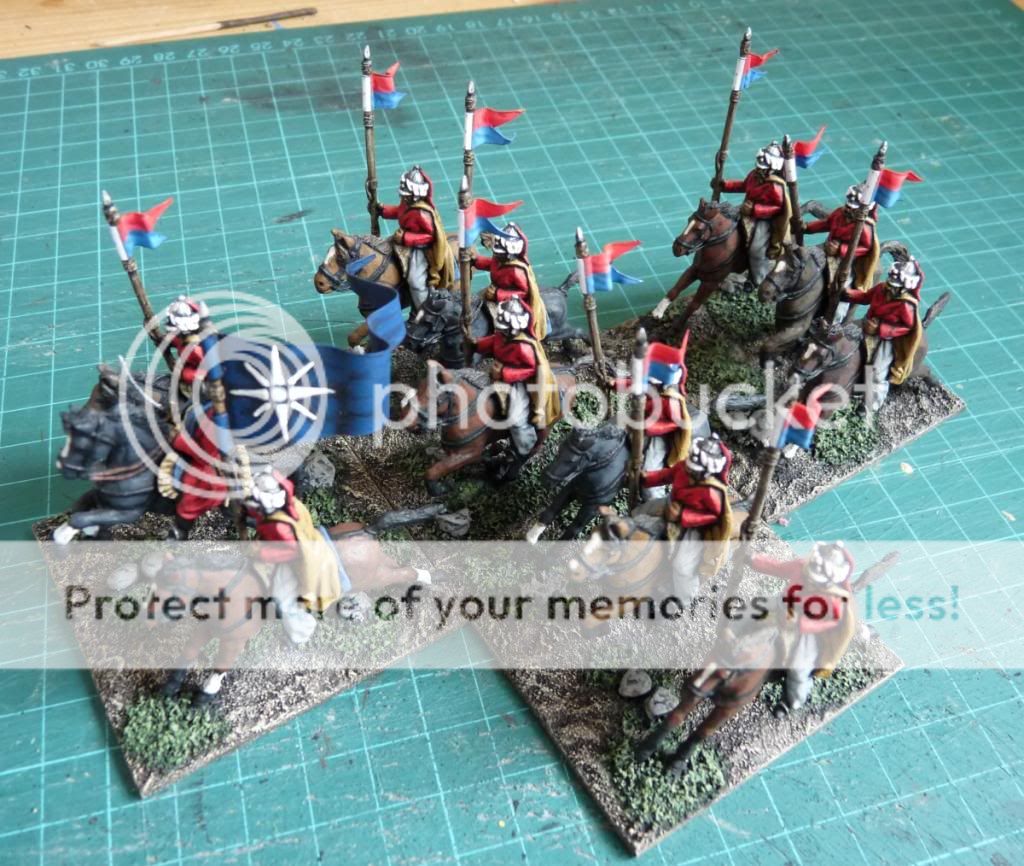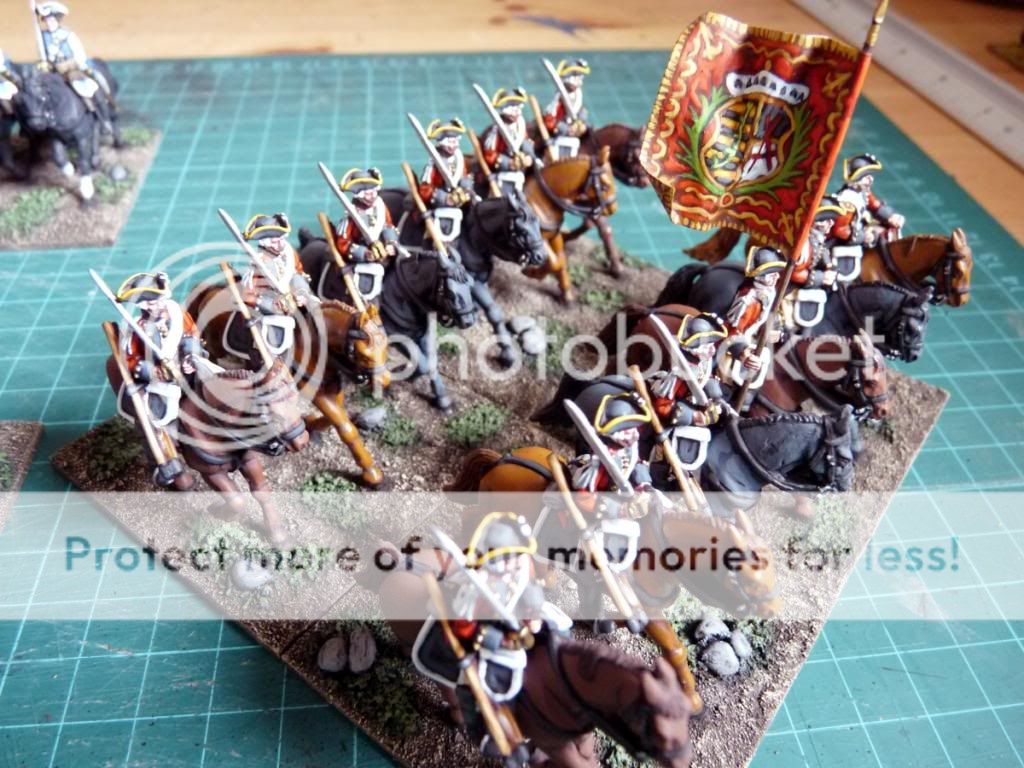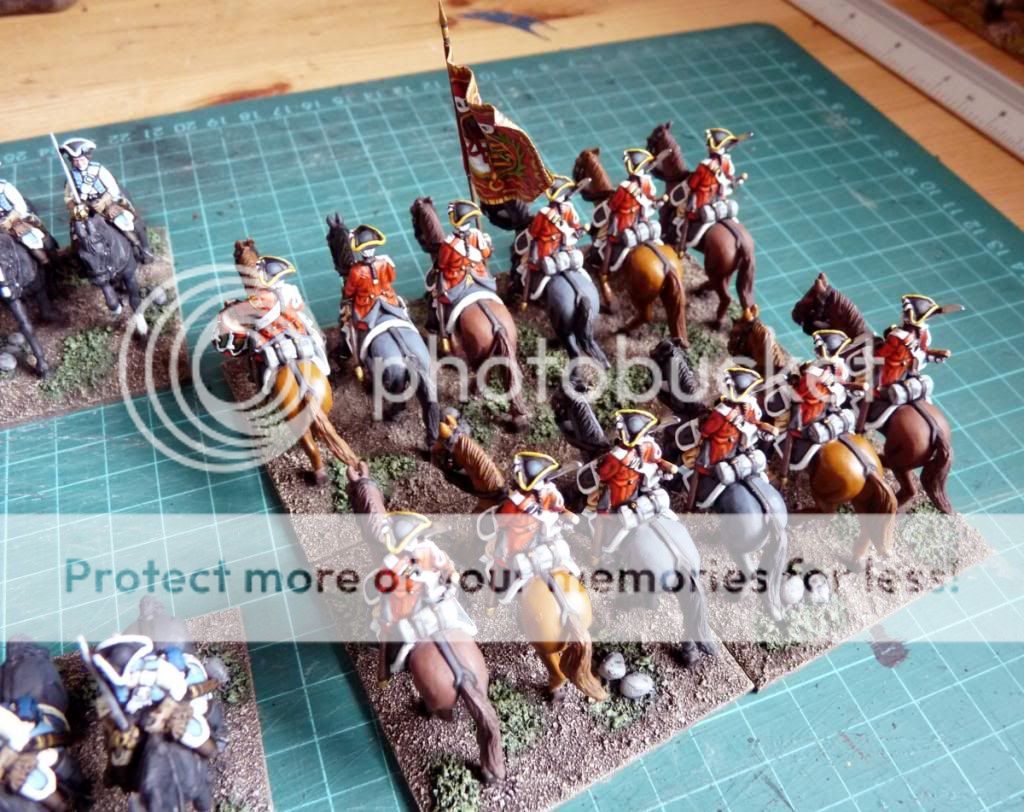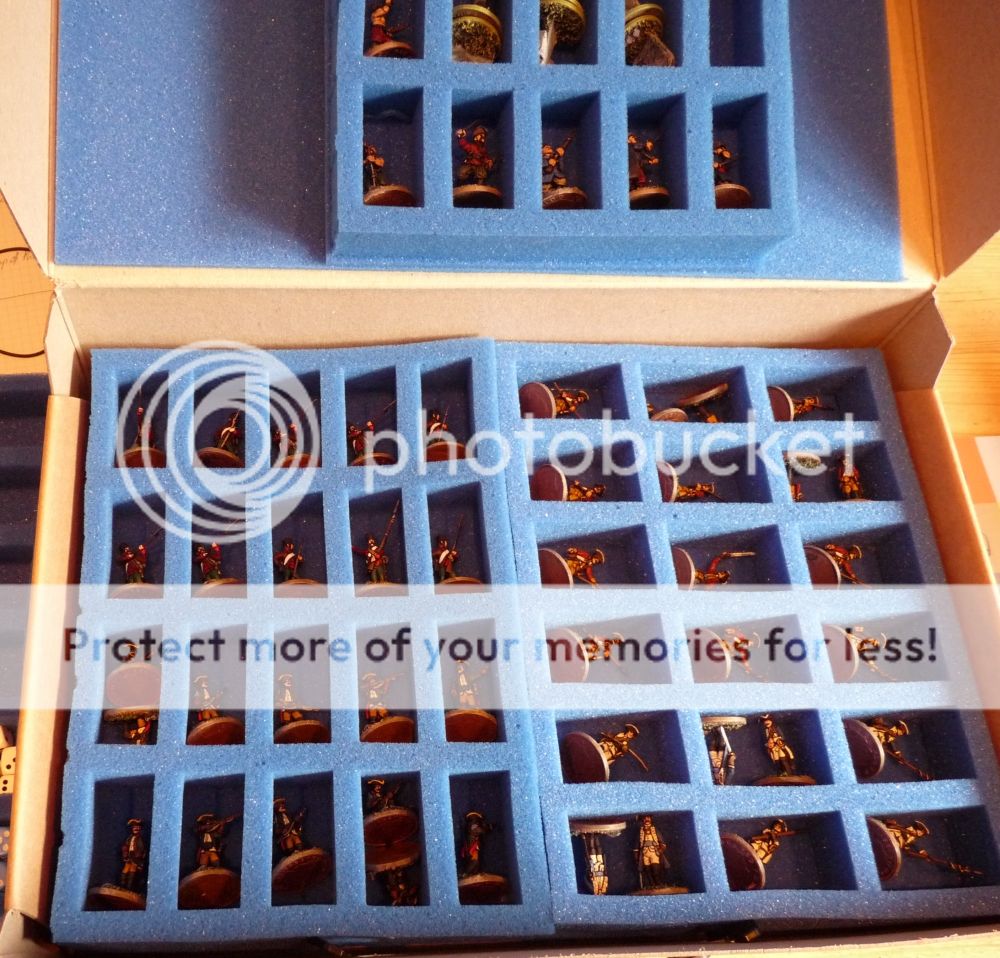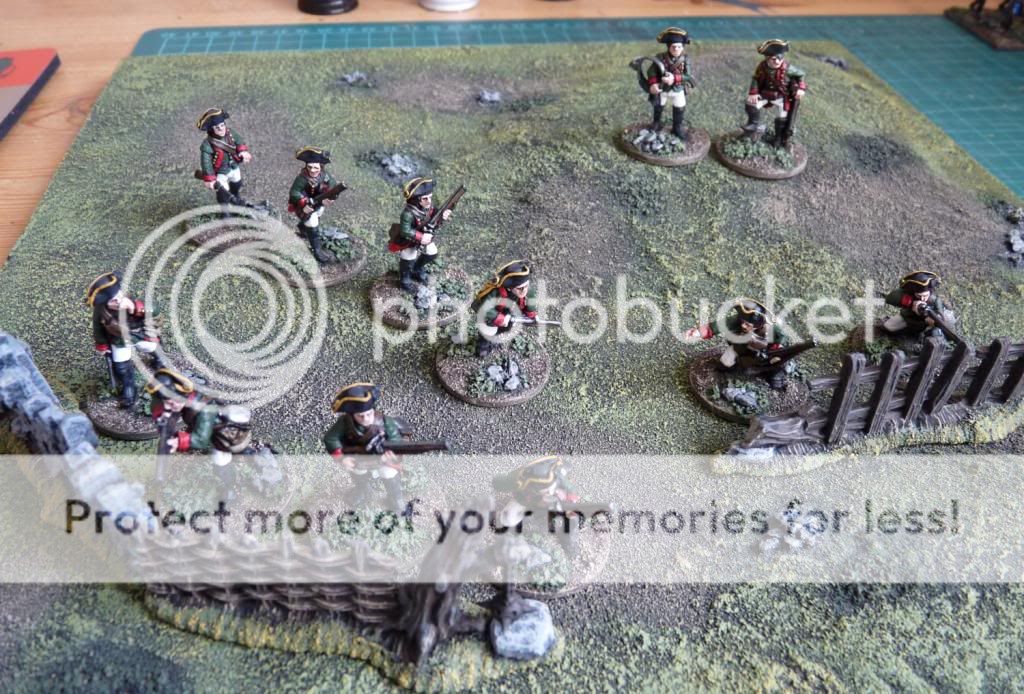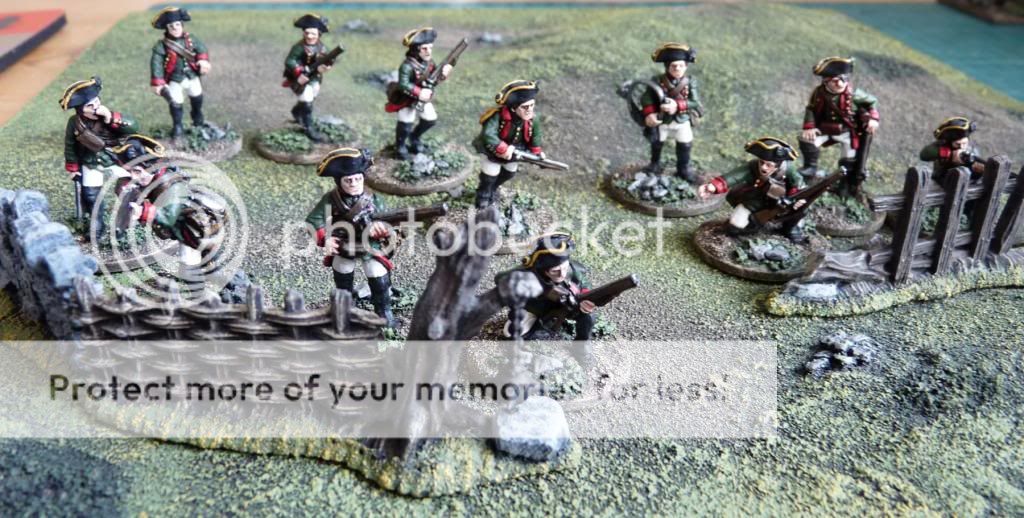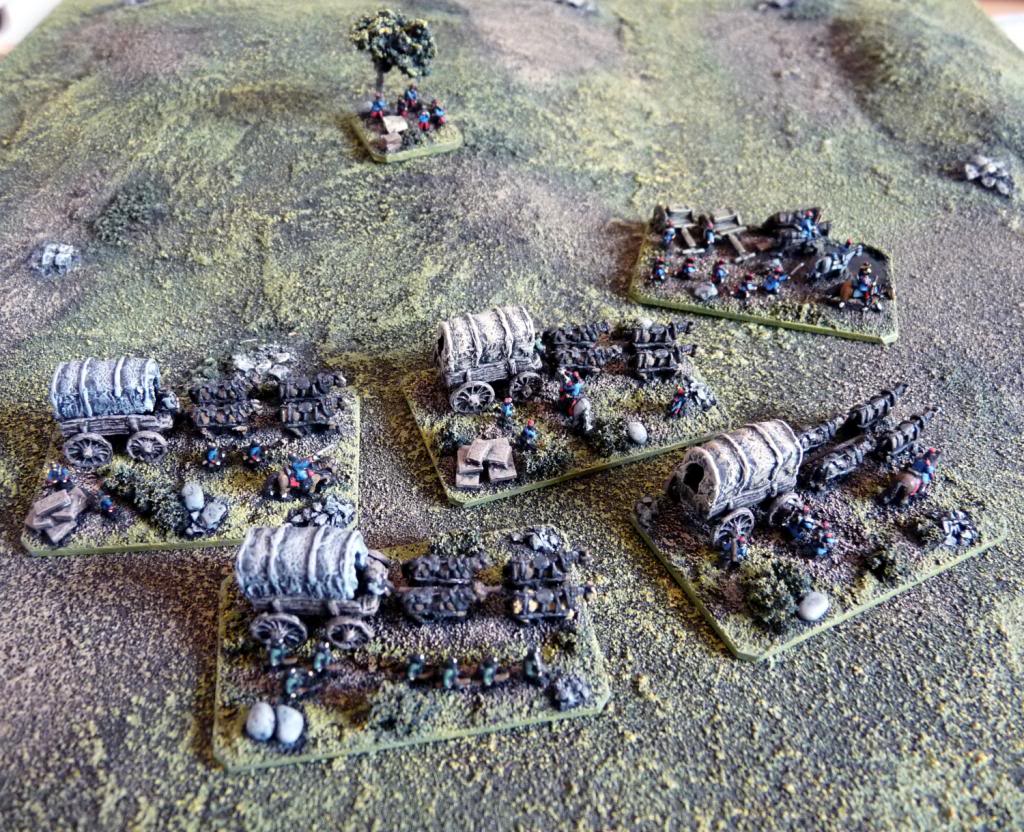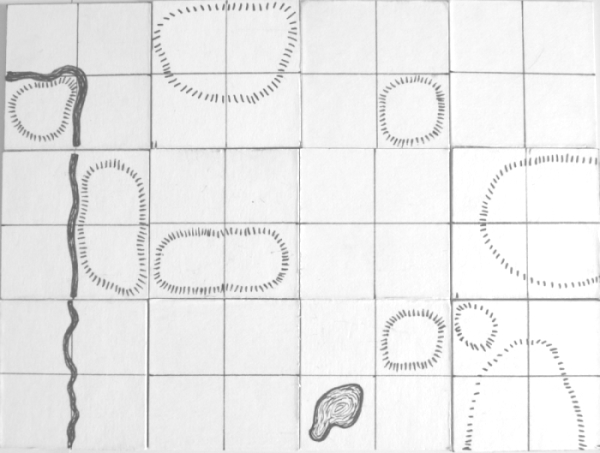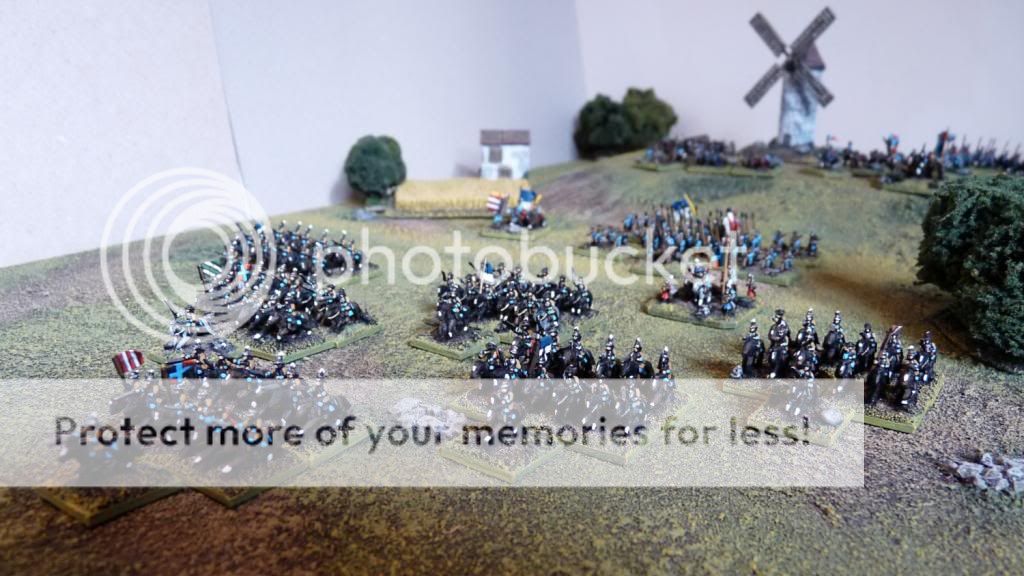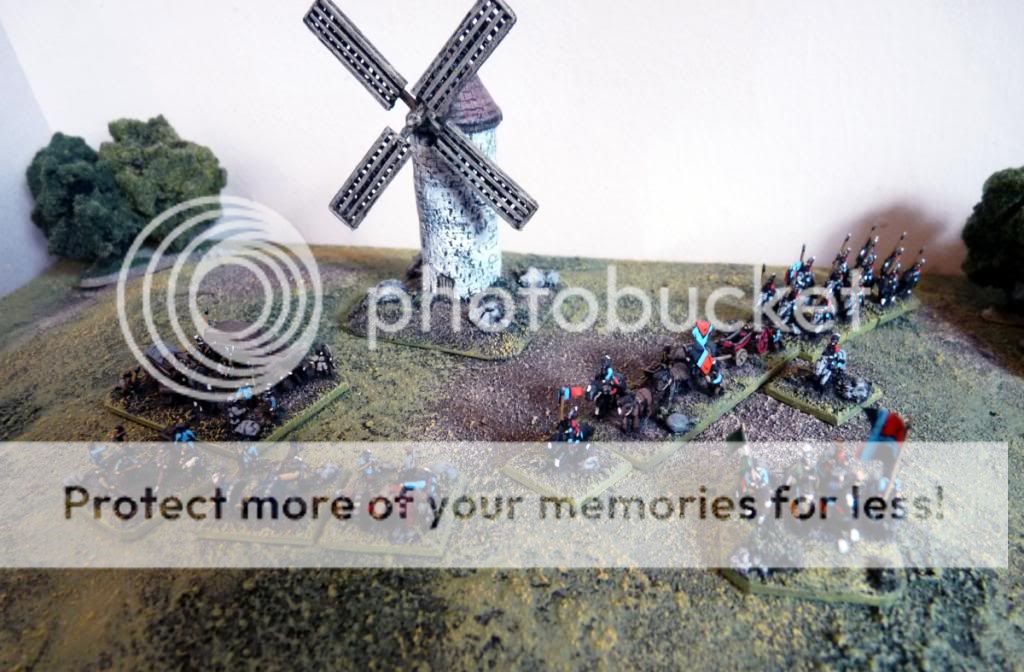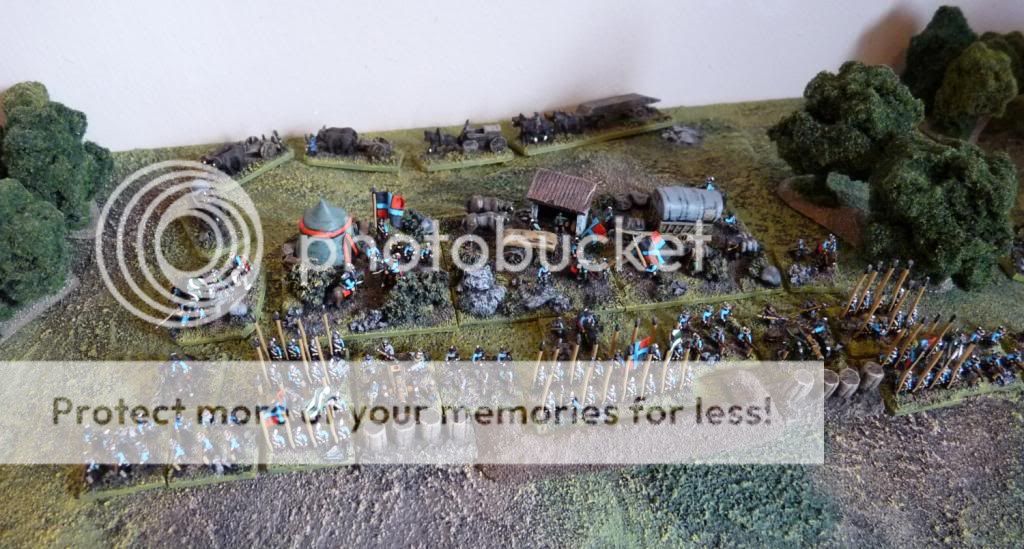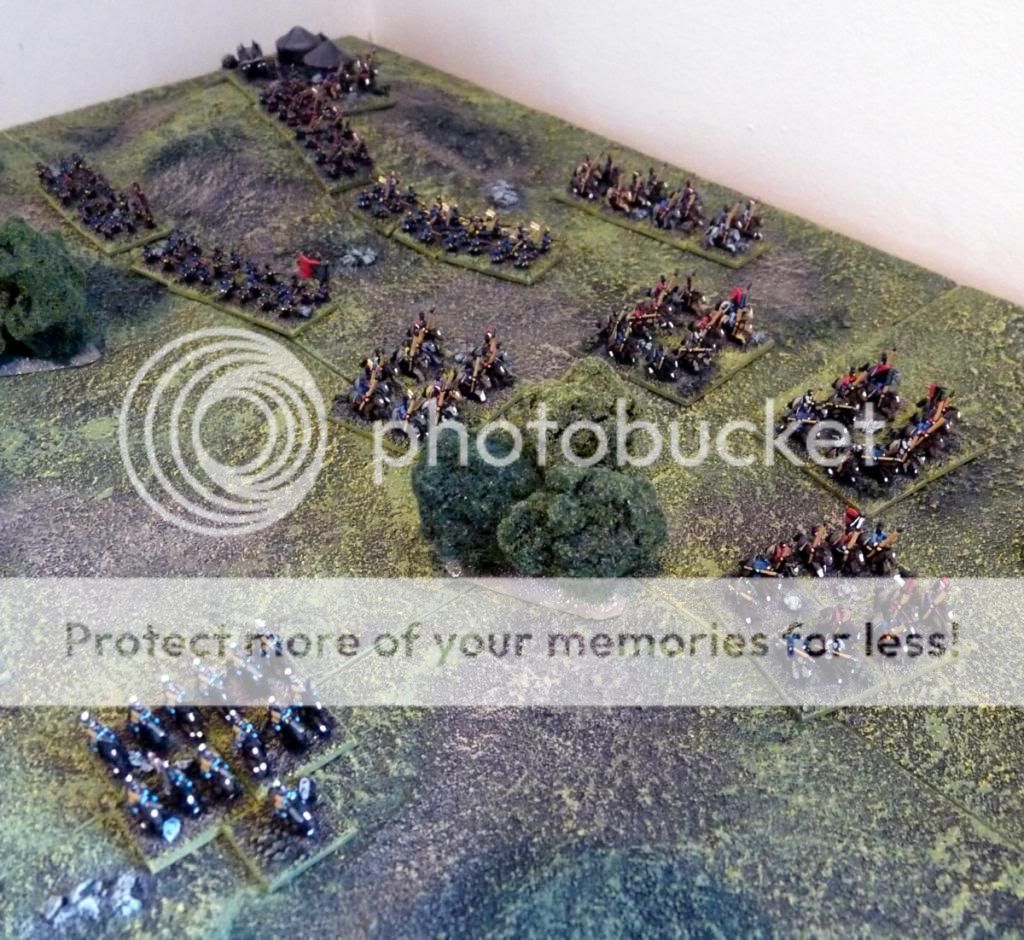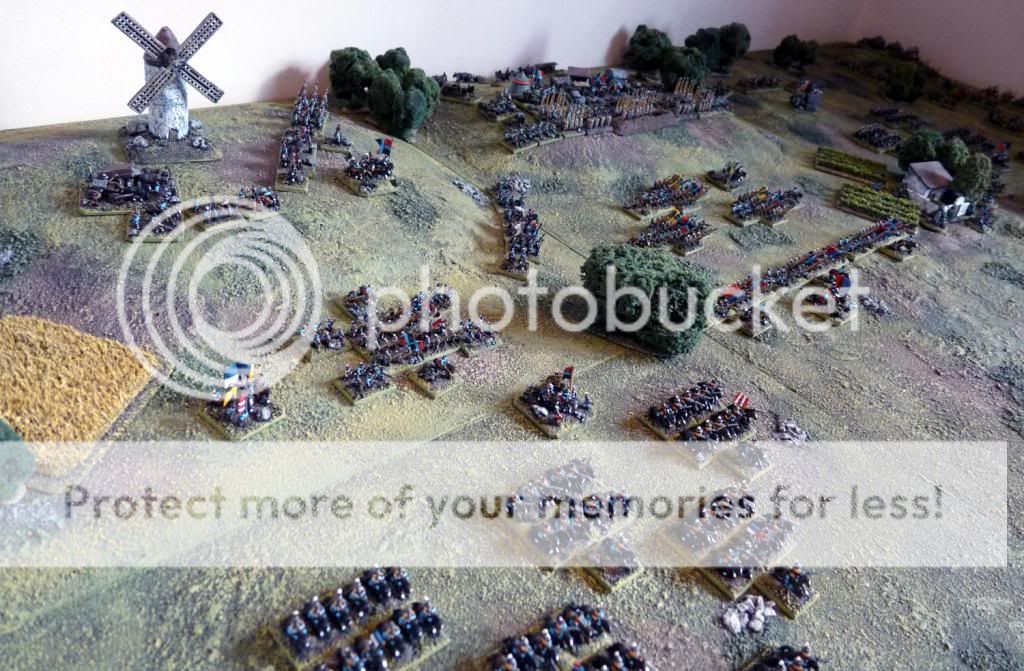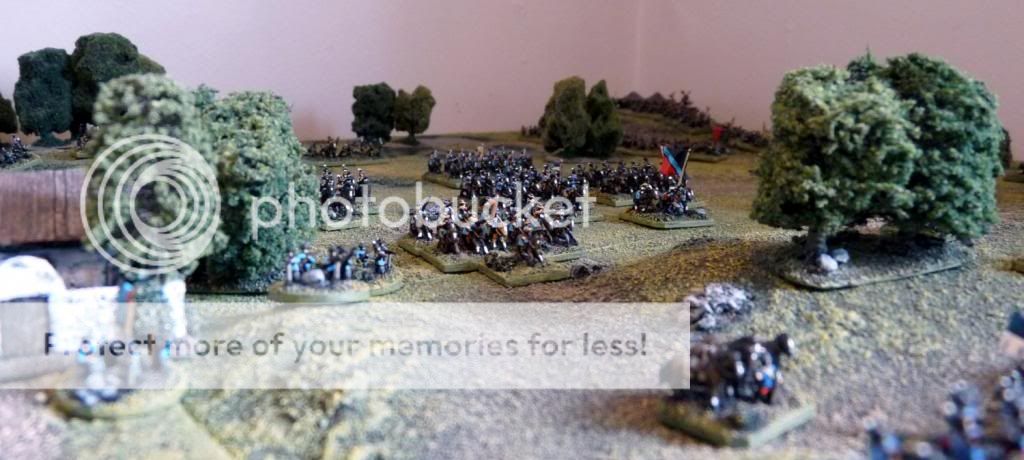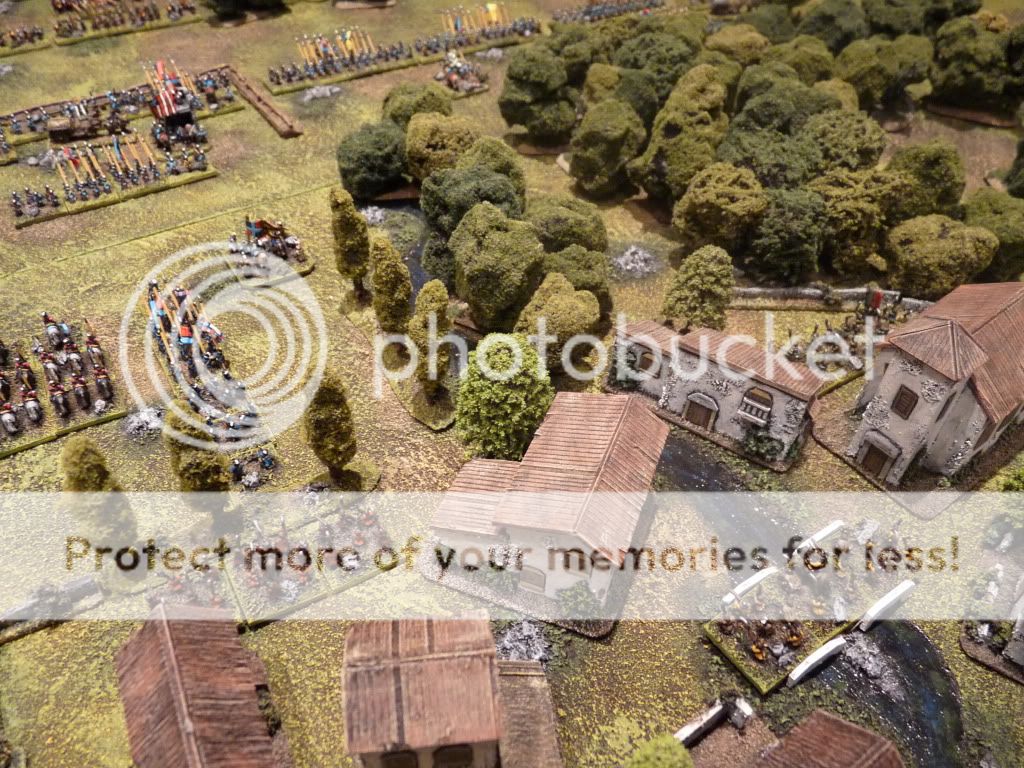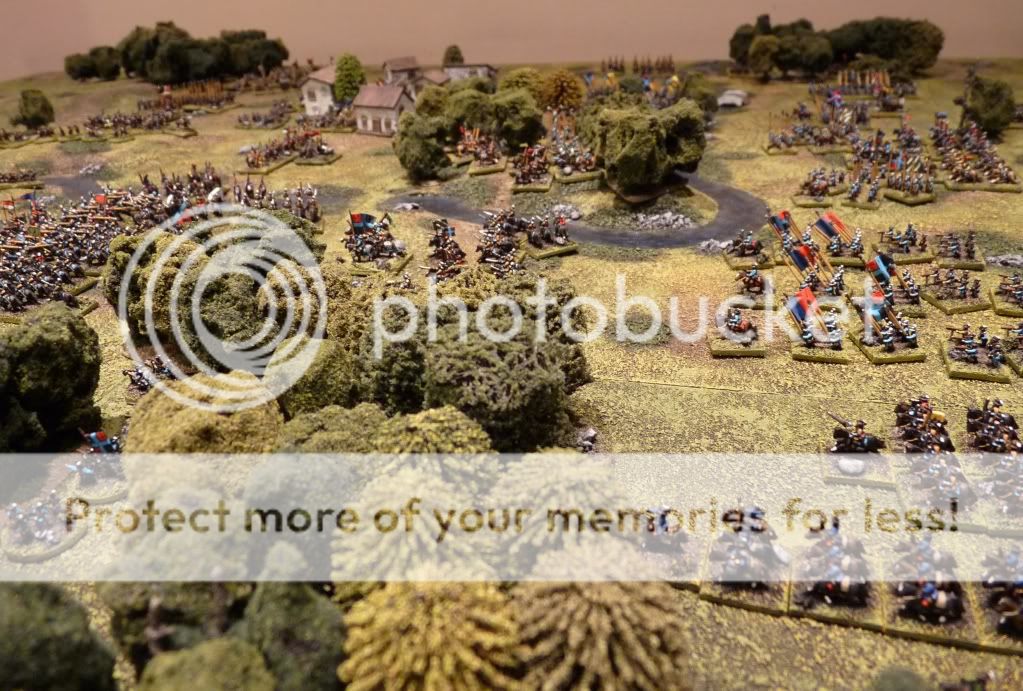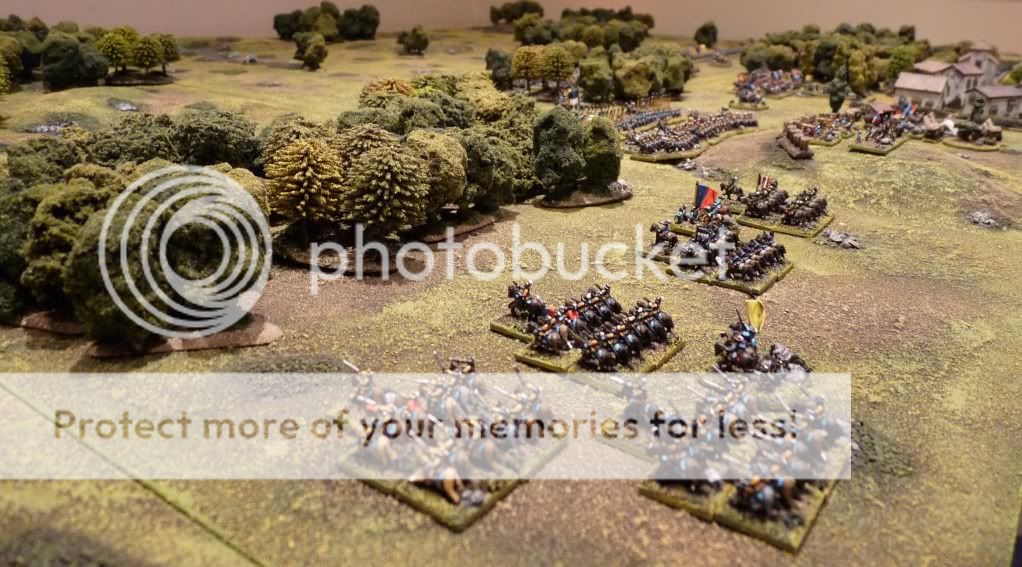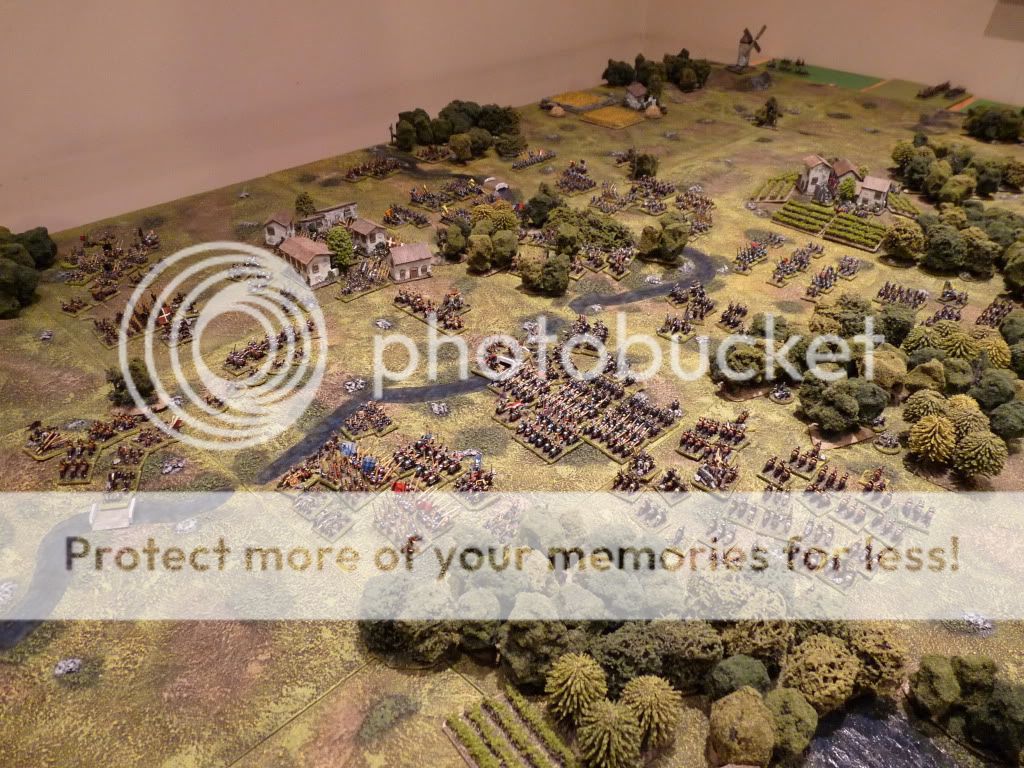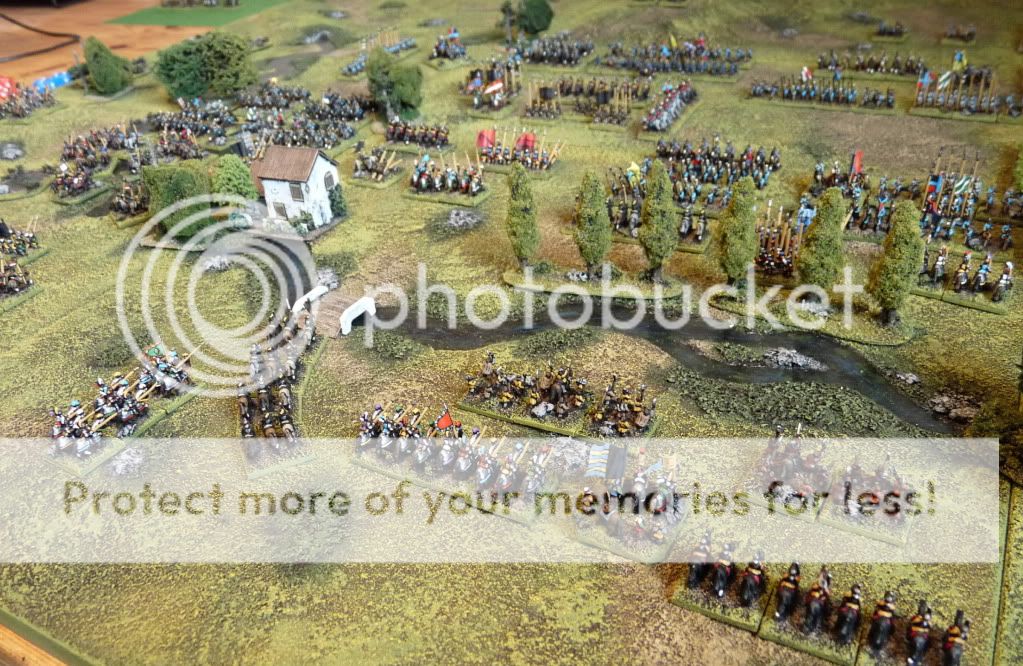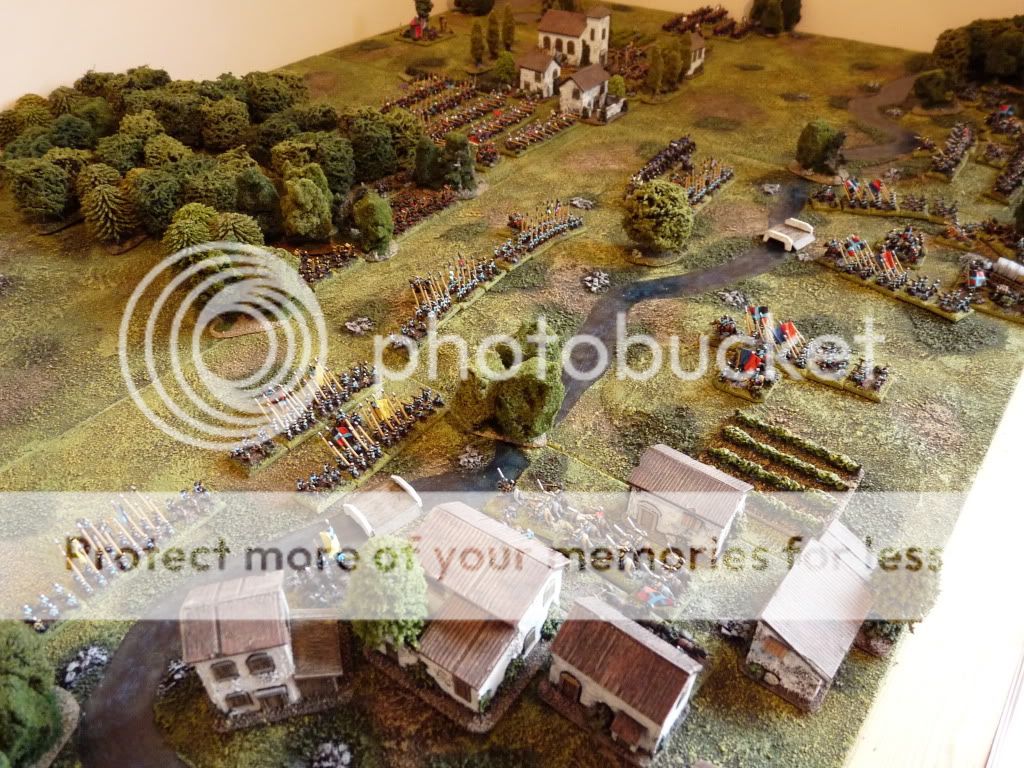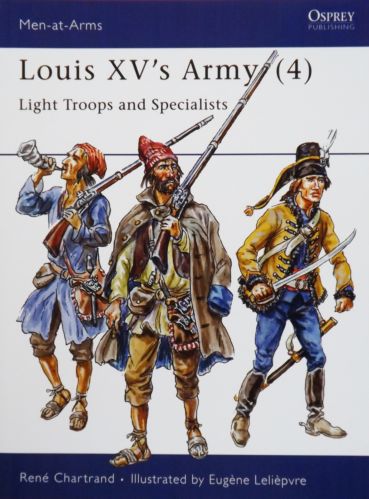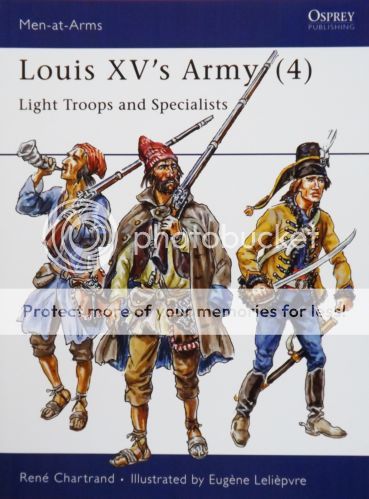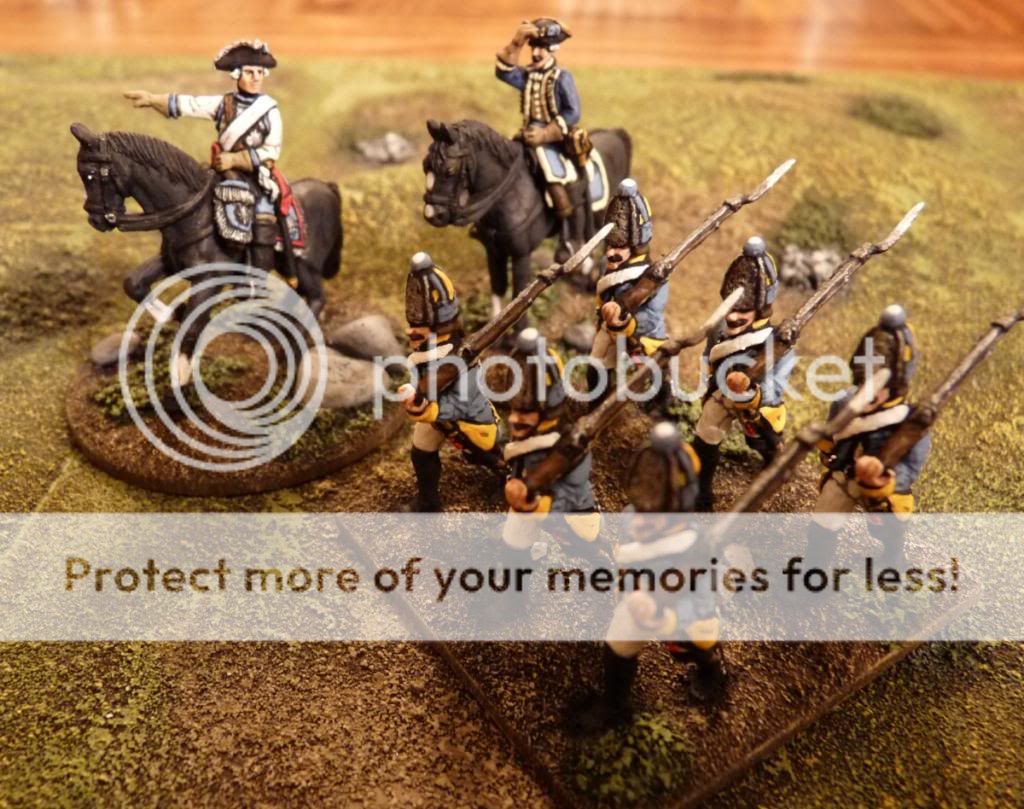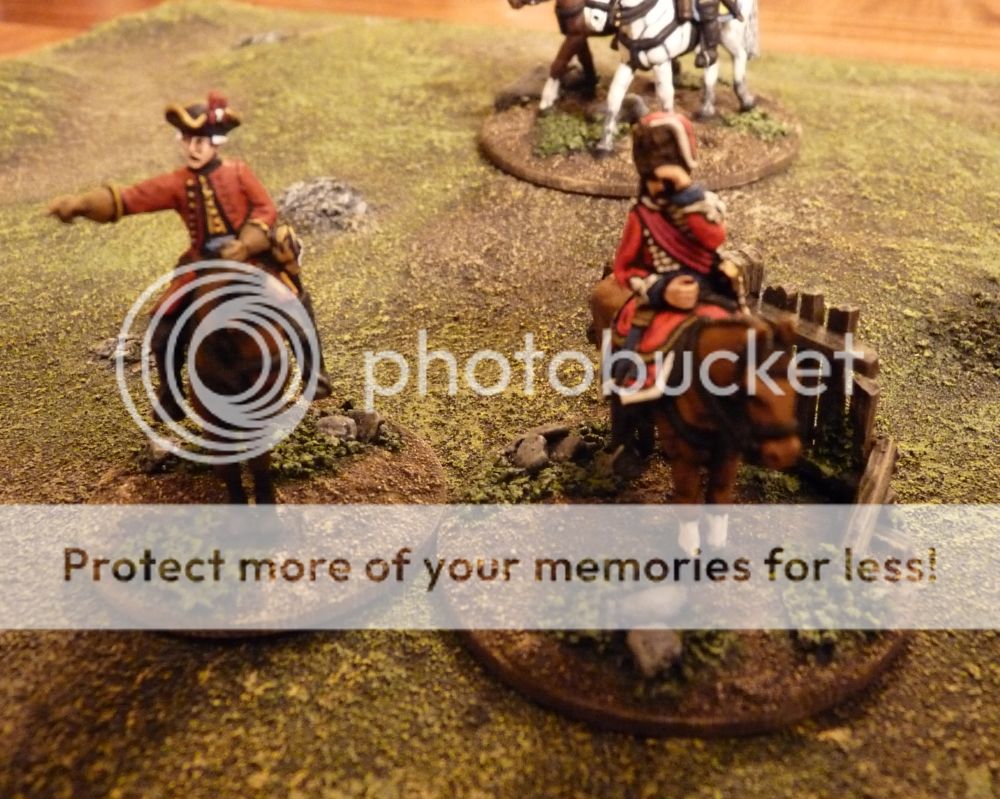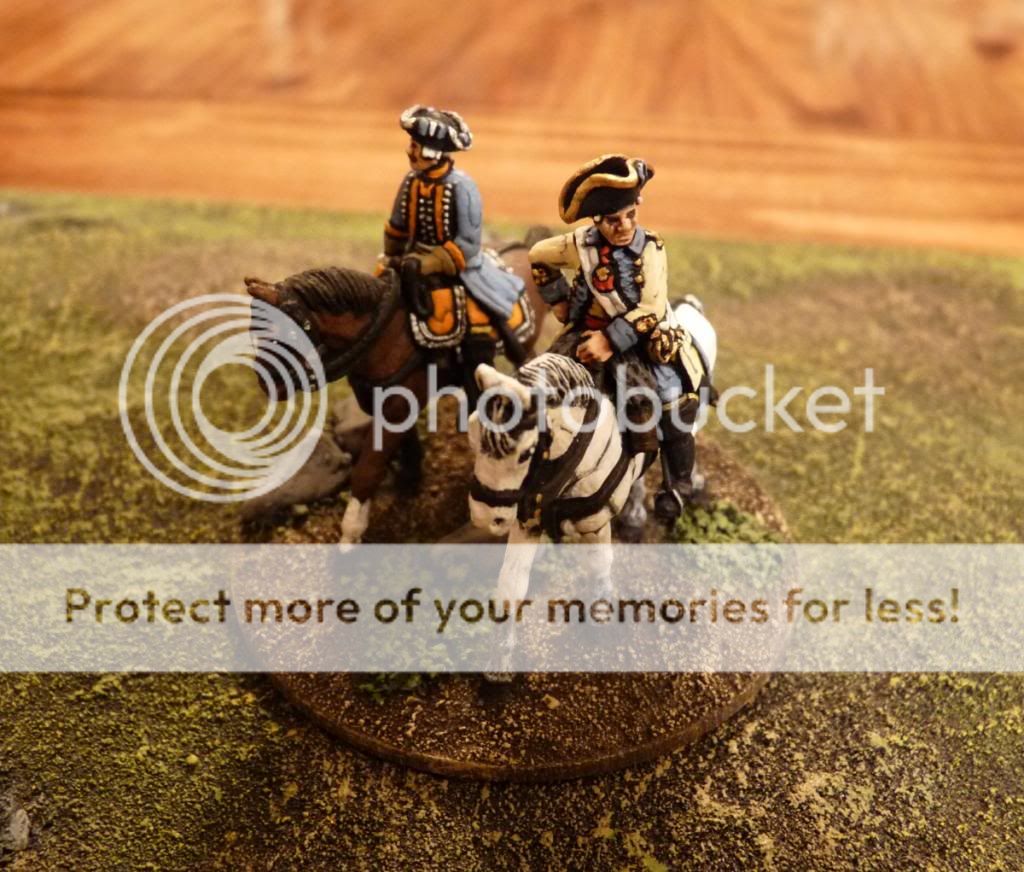More cavalry for the Medetian expedition to the battlefields of Granprix at this weekend’s Ayton event.
First off, some older cavalry which I’ve finally gotten around to equipping with lance pennons. This is the El Z’teeth regiment (RSM Ottomans) who fought in the sands of Byzarbia a couple of years ago. I contacted GMB Designs to ensure I got some pennons in red and blue (turned out the Silesian Landwehr Uhlans were what I was after). I touched up the white paper edges with appropriate daubs of Vallejo. They enhance the unit nicely and give them a little bit more uniformity – important now they’re off to war in Europe and everyone else is in serried ranks of splendour!
Then we come to a brand new regiment, the Saxon Rutowski Dragoons, who are in the pay of the Kingdom of Fleurie and who will be fighting alongside the Medetians in Granprix. These are Minden Miniatures Austrian dragoons, and lovely figures they are too. After talking with John Ray I came round to the idea of having some historical units among those of my imagi-nations, and this unit appealled both due to its interesting (but not necessarily glorious) history and its attractive colour scheme.
I have had these painted by the very talented James Roach of ‘Olicanalad’ fame, whose painting on his blog has always impressed and inspired me. James kindly fitted these in among other larger commissions he’s working on and has produced a fantastic looking unit. All I’ve done is base them. Little is known about the flag this regiment would have carried, so James created one based on his research and understanding of the Saxon army of the period. I’m delighted with it and hope the first picture does it justice. More unpainted cavalry will certainly be winging its way to Ilkley soon!
Obviously with all of these recent additions, I am going to be at serious risk of ‘shiny new unit syndrome’ at Ayton, but at least pretty much everyone else is too!


